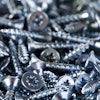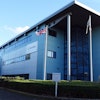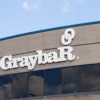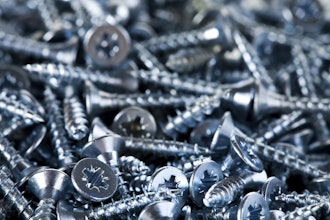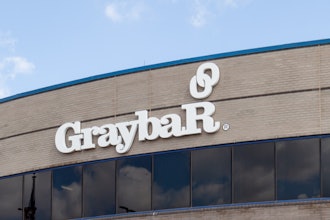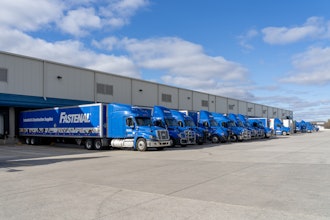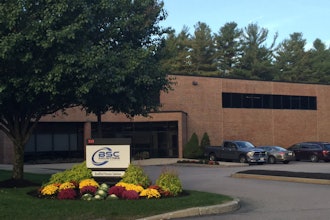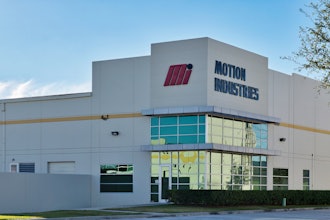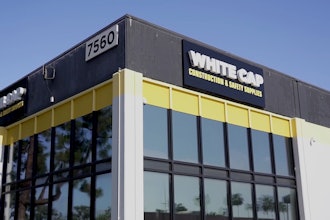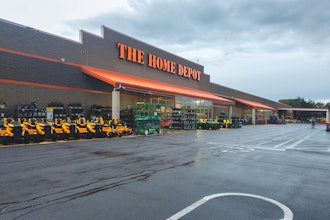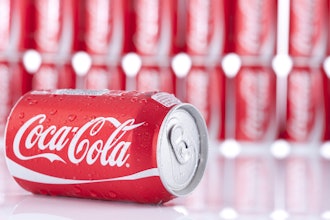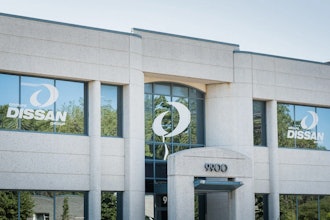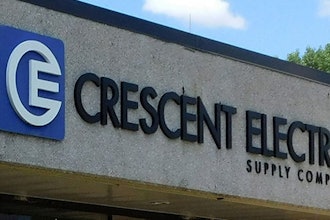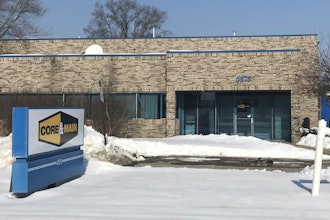This editorial originally appeared in the July/August 2012 issue of Industrial Distribution. To view it in its original format, click here.
There’s a small business I drive by on a pretty regular basis along the shortcut I take to my bank. I’ll protect its anonymity, but this business is one of those restaurant-tavern hybrid institutions commonly referred to as a “townie bar:” the first few times you walk through the door you’re made to feel extremely awkward, but once you’re in, you’re in.
Usually I don’t pay any mind to its log cabin-like exterior as I pass; it’s blended into the landscape as nothing much changes besides the license plates on the trucks in the parking lot. A few days ago, however, a giant tag board sign on the edge of the road caught my eye: “Now Serving Breakfast at 6:00 a.m. CHEAP!”
My stomach turned for a quick second. Not because I dislike breakfast or am not interested in saving money (in fact, I like saving money more than I like breakfast), but because, unfortunately, “cheap” isn’t just synonymous with “inexpensive” anymore. For many, cheap holds connotations of poor quality or shoddy craftsmanship. In this case, the word cheap makes me think of low quality ingredients and an unskilled, underpaid short order cook, cranking out plates of non-descript slop.
Yet I doubt this is the image this restaurant wanted to conjure – and I also doubt that my assumptions are fully correct. What I really want is an inexpensive, quality breakfast, but I was halted by the word cheap, and there was no going back. I think these issues come about when businesses try to place all target customers into the same group of wants and needs.
Even when pointing to the characteristics (or price) of your products, never assume that these “benefits” are a no brainer. Some manufacturing plant personnel have told us in recent years that their biggest impediment to spending has to do with their current staff. One operations manager told us he would wait for his maintenance personnel to retire because they knew how to fix the current machinery and it wasn’t worth it to re-train them in the golden years of their careers. Whether you agree with this approach or not, in a case like this, high tech functionality might not be the biggest selling point. Likewise, here are some other points I’d recommend considering:
• Know your customer: Not all features will be seen as benefits to all buyers. When you lead with “cheap” and they associate that with “junk,” you’re fighting an uphill battle right off the bat.
• Choose your words wisely: Everybody wants a deal, but nobody wants to buy a product that’s going to need constant maintenance and repair. If it’s inexpensive, lead with the WHY. Did you iron out some overhead through a Lean warehouse or transportation changes? Did you reevaluate your supplier base or find a unique way of leveraging your relationship with a specific manufacturer? In contrast: If the sticker price were high, wouldn't you also feel obligated to explain why?
• Contextualize: Words like better and cheap can quickly lose their impact if there is no context to explain them. If the product in hand is better – well… better than what? If it’s cheap – compared to the McDonald’s Dollar Menu or The 4 Seasons? Make your words work for you by providing your customer with a clear understanding of what you actually mean.
Ultimately, you don’t want to lose a sale based on a customer secretly wondering whether there might be a catch. Sure I want a cheap breakfast, but if I have to reinvest my savings into a bottle of Pepto-Bismol, what’s the point?
Have you ever come across wording roadblocks like these? Email me at [email protected]

